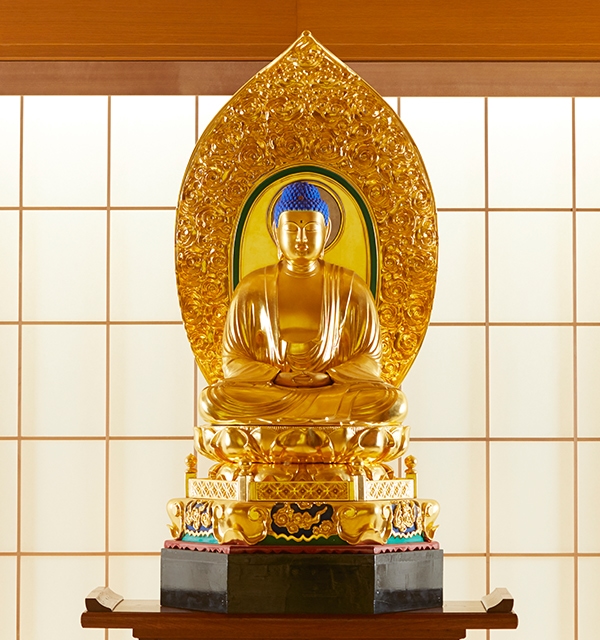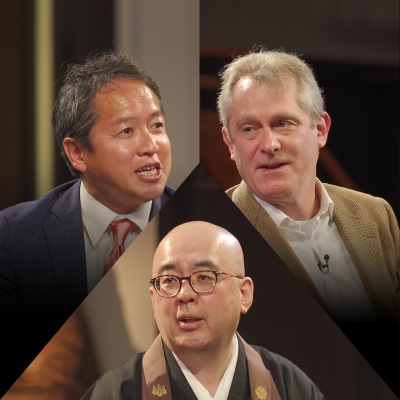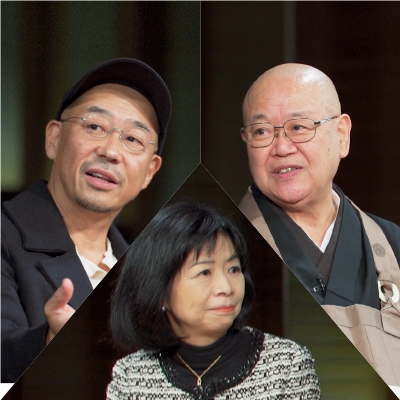
The History of Zen: Discovering the Roots of Sōtō Zen (6)
From Prof. KAGAMISHIMA Genryū’s Zengaku gairon kōgi nōto
(Introduction to Zen Studies Lecture Notes)
Originally, keeping the moral precepts was not the aim of Buddhism. The goal of Buddhism was wisdom, and the moral precepts were nothing more than a means for achieving wisdom. However, Sectarian Buddhism lost sight of wisdom as the greatest goal and emphasized the keeping of the precepts. This is one reason why Mahāyāna Buddhism denigrated Sectarian Buddhism by referring to it as the Hīnayāna. Another reason was that Sectarian Buddhism gave emphasis to one’s own salvation over the salvation of others. According to Mahāyāna Buddhism, one must save oneself at the same time as saving others. To go a step further, one must save others before saving oneself. This is the position of Mahāyāna Buddhism. For this reason Mahāyāna Buddhism referred to Sectarian Buddhism as the Hīnayāna, or the Small Vehicle.
For that reason, Mahāyāna Buddhism began to teach a Mahāyāna seated meditation in opposition to the Hīnayāna seated meditation. To put it differently, Hīnayāna seated meditation has its primary focus on personal salvation, while Mahāyāna seated meditation has the simultaneous awakening of the self and others as its goal, or even aims at the awakening of others before one’s own awakening.
As discussed so far, the origin of meditation lies in ancient India religious cultivation. It was adopted into Buddhism by Śākyamuni Buddha, who by so doing changed its content. Within the historical development of Buddhism, it further evolved. Indian Buddhism developed through the stages of Original Buddhism, Sectarian Buddhism, and then Mahāyāna Buddhism. Along with these developments, the content of Buddhist cultivation method of meditation also developed accordingly as Original Buddhist Meditation, Sectarian Buddhist Meditation, and Mahāyāna Buddhist Meditation. Later on in China, Guifeng Zongmi (Jpn. Keiho Shūmitsu圭峰宗密, 780–841) divided meditation into five kinds he called Non-Buddhist Meditation外道禅, the Meditation of Ordinary People凡夫禅, Hīnayāna Meditation小乗禅, Mahāyāna Meditation大乗禅, and Supreme Vehicle Meditation最上乗禅 (in Chanyuan zhushanji douxu『禅源諸詮集都序』). What Zongmi called Supreme Vehicle Meditation referred to the unique development in China after its introduction there. The other four up to Mahāyāna Meditation may be said to represent the development of meditation thought in India. The Zen that Bodhidharma達磨(達摩、ダルマ) brought from India to China belonged to the development of Mahāyāna Meditation.

SPECIAL
ZEN,KOMAZAWA,MANAGEMENT
For our 5th discussion in this series we welcomed guest participant Mr. David Atkinson, CEO of Konishi Decorative Arts and Crafts, for a three-way dis・・・
2020.08.07

SPECIAL
ZEN,KOMAZAWA,MOVIE
For our fourth interview we welcomed film director Tatsushi Ōmori as our guest, and together with Komazawa University Chancellor Seishi Nagai and Prof・・・
2020.03.05

